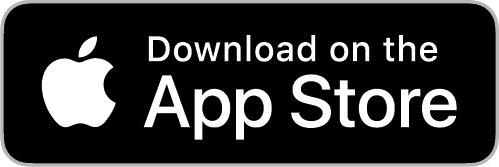Open Banking is a little-known concept, due to its poor implementation by the banking system and the lack of customer education about it. So, What’s the Buzz called ‘Open Banking’ all about? With Open Banking, banks are moving to agile technologies, building strong partner networks, and creating robust mobile platforms which cater to consumer’s needs, thus enabling direct financial transactions between customers and businesses and making cross-platform payments a reality. It works as a systematically designed collaborative model. Here the customer’s banking and other financial information/data is shared to trusted third parties, with the customers’ consent, through APIs with the aim of offering enhanced capabilities to the users. In simple term, open banking allows banks and other financially regulated institutions to more easily access the financial data of customers. APIs is a set of computer programmes which make it easier for various banks and financial services to communicate with each other. The goal of open banking is to improve current and develop new features, which can drive down costs or generate revenue. All of which can be closely linked to different financial products. Open banking essentially provides customers with greater access to a range of financial services from a larger number of providers. This benefits customers because it can allow them to for instance bring all their accounts and products into one interface, giving them an overview of their finances and allowing providers to work out which products are best suited to them.
Few of the example of Open banking:
1) Aggregation: Account aggregation is offered by a number of financial services companies and involves using an API to allow customers to get an overview of their various accounts. Using this service customers can see multiple accounts from different providers on one interface. It’s not just straightforward payment accounts but also where you can view credit cards, investment accounts and loan accounts in one place, as well as combining consumer and business banking in the same interface.
2) Instant credit risk: Open banking can rapidly speed-up credit applications by allowing lenders to gain an almost instantaneous overview of an applicant’s credit history. At present, assessing applicants for credit often involved pulling together different documents from different banks and institutions. This is a slow process and not only slowed down the delivery of credit services but led to a negative customer experience.
3) Opening new accounts: Open banking has made opening a new account with a bank easier and faster. This is highly linked to the Know Your Customer (KYC) process. Open banking allows the flow of bank data so that information such as an address, occupation, income details, name and date of birth as well as credit history all match up. Because this can be done in a matter of minutes, the experience of opening a new account is much smoother for customers.
Open banking has lots of benefit, consider your own financial life as a consumer. You likely have a combination of credit cards, debit cards, insurance products, retirement accounts, and more — all with multiple financial institutions. Open banking makes it easier to securely enjoy a single view of your accounts and even make direct payments from these accounts. It also lets you choose financial products & services from a wide competitive set.
In this article, I have not discussed anything about risk and regulatory issues of Open Banking. If you are interested to read about “the issues” keep an eye on this place for my next article around mid of August.
Contributed by –

Dr.Chiragra Chakrabarty
CEO-KATIC CONSULTING LTD
*The views expressed are personal.






